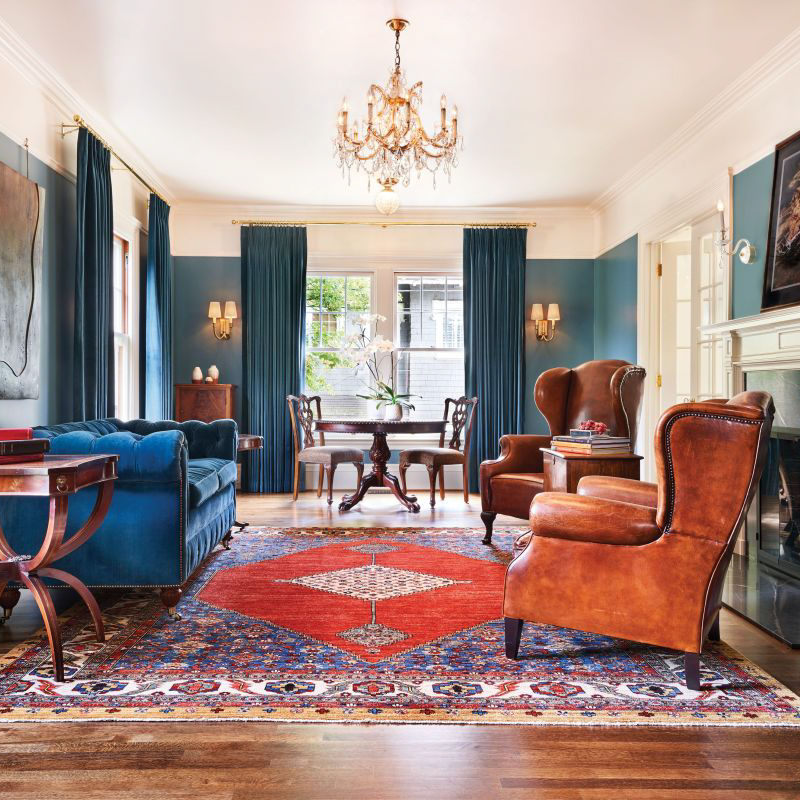Scandinavian design has been a popular trend in the world of interior design for quite some time now. Known for its emphasis on simplicity, functionality, and minimalism, Scandinavian design has contributed immensely to modern-day designs, and the kitchen is not left out.
A significant feature of Scandinavian kitchen design is the use of natural light sources, primarily in the form of large windows and light colors that reflect light. However, this doesn’t always suffice, especially when preparing meals at night or during the dark winter months; hence, the need for artificial lighting.
This article will examine Scandinavian kitchen lighting and how proper lighting can enhance the kitchen’s functionality and beauty, as well as tips to achieve that.
Types of Scandinavian Kitchen Lighting
1. Pendant Lights
Pendant lights are a staple in Scandinavian kitchens. They’re usually hung over the kitchen island and provide both task and ambient lighting. Pendant lights come in different styles, from the minimalist to the ornate, ensuring that you’d always find one that compliments your kitchen decor.
2. Track Lighting
Typically installed on the kitchen ceiling, track lights are a perfect way to illuminate specific areas in the kitchen, such as the countertops or cabinets. They also incorporate adjustable light fixtures that can be rotated or tilted to suit your lighting needs.
3. Under Cabinet Lighting
Under cabinet lighting provides task lighting but also creates a warm, inviting ambience that complements the kitchen’s interior design. These lights highlight the beauty of the kitchen backsplash, adding a touch of character to the room.
4. Recessed Lighting
Recessed lighting, also known as can lights, is a subtle way of illuminating the kitchen area. These lights are usually installed on the ceiling and provide general lighting without drawing unnecessary attention to themselves.
The Benefits of Proper Scandinavian Kitchen Lighting
1. Enhances Safety
A well-lit kitchen ensures that you can avoid accidents while cooking or using sharp objects. Proper lighting can make it easier to spot spills, cooking equipment, and other hazards that might cause injury.
2. Increases Productivity and Efficiency
Proper lighting in the kitchen can enhance productivity and efficiency while preparing meals. Good lighting can help you spot ingredients, read recipes, and gauge cooking times more effectively, making the entire process a lot smoother and quicker.
3. Improves Ambience and Aesthetics
Proper lighting can enhance the kitchen’s visual appeal by highlighting the backsplash, countertops, and other design elements. Light fixtures can also add a touch of elegance to the kitchen while complementing the decor.
4. Promotes Energy Efficiency and Savings
Using energy-efficient light fixtures in your Scandinavian kitchen not only reduces your energy bills but also contributes to eco-friendliness. LED lights are a great option, as they consume much less energy than incandescent bulbs.
Tips for Achieving Proper Scandinavian Kitchen Lighting
1. Plan the Lighting Layout
Before setting up the kitchen lighting fixtures, it’s essential to come up with a plan. Consider the room’s size, the intended use, and the kitchen’s design elements. This will help you determine the number of fixtures you need and where to install them.
2. Use a Combination of Different Light Sources
To achieve perfect Scandinavian kitchen lighting, it’s ideal to combine different light sources to provide a balance of ambient and task lighting. Pendant lights, under-cabinet lighting, and recessed lighting can combine to create a layered lighting effect in the kitchen.
3. Opt for Dimmable Lights
Dimmable lights give you more control over your kitchen lighting. You can adjust the light level to suit your needs, creating the perfect atmosphere for any occasion.
4. Use Energy-Efficient Light Fixtures
Energy-efficient light fixtures help reduce electricity use and save on bills. Using LED lights, in particular, can help achieve this, as they have a long lifespan, consume little energy, and produce less heat compared to traditional bulbs.

















